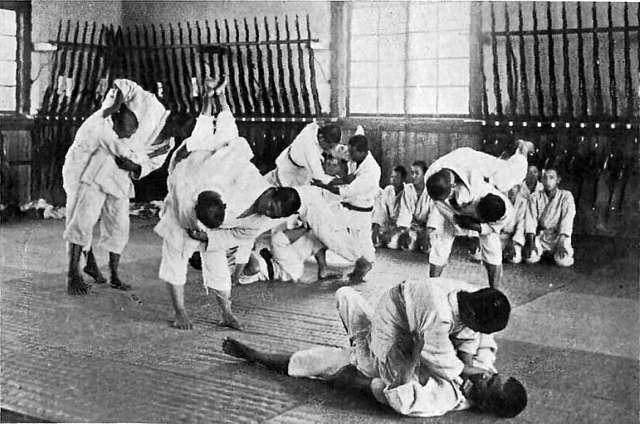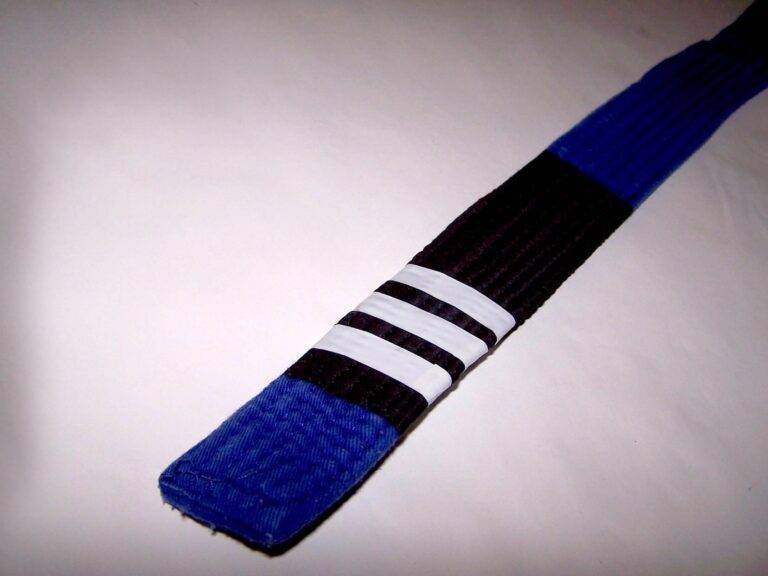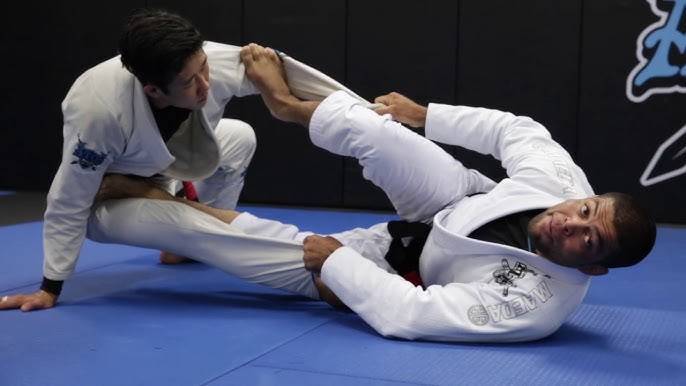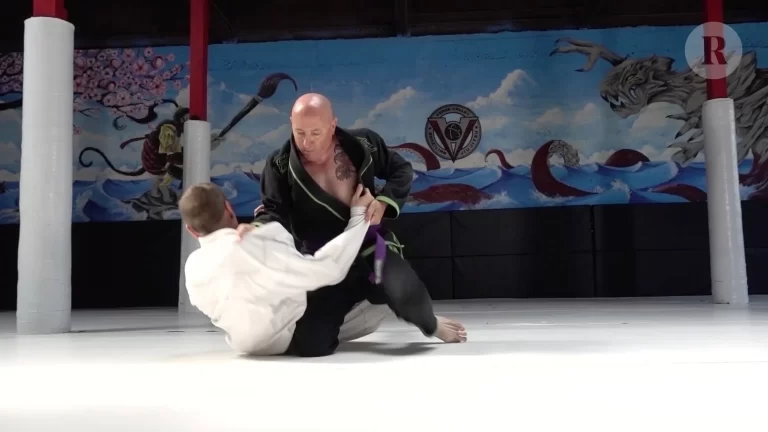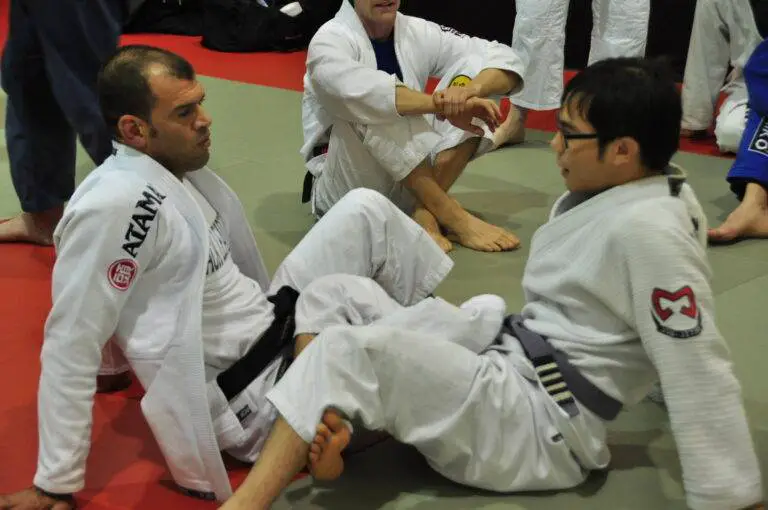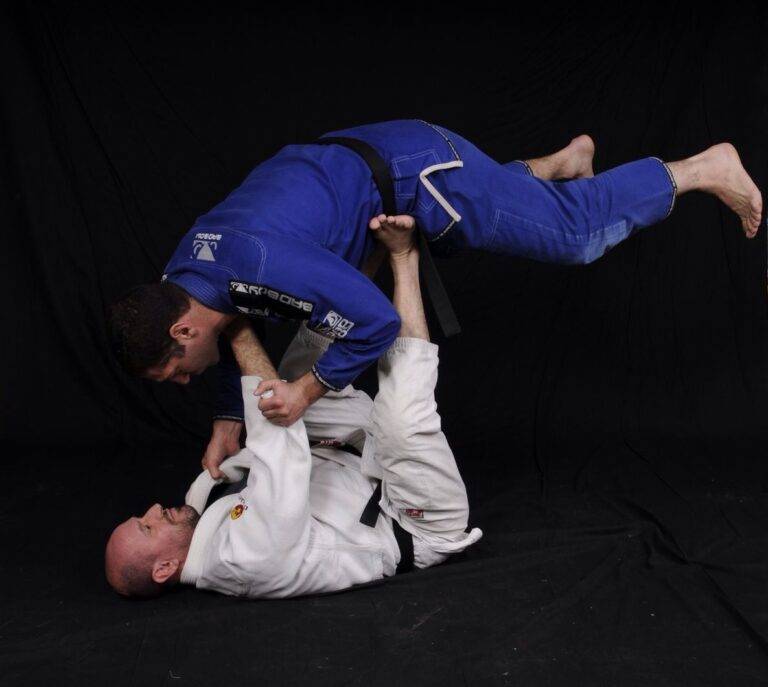How Many BJJ Black Belts Are There Worldwide?
If you’re a Brazilian Jiu-Jitsu (BJJ) enthusiast, you may have wondered how many black belts there are worldwide. The truth is, it’s difficult to give an exact number, but we can estimate based on available data and insights from the BJJ community. In this article, we’ll explore the number of BJJ black belts worldwide, factors that affect the count, and how the number has grown over time.
The Number of BJJ Black Belts Worldwide
As of 2022, it’s estimated that there are around 150,000 BJJ black belts worldwide (about 7,500 of these are currently registered with the IBJJF). This number includes both active and inactive black belts, meaning those who are still actively training and teaching, as well as those who have retired or moved on from the sport. While this number may seem relatively small compared to other martial arts, it’s important to remember that BJJ is a relatively new sport that has only gained widespread popularity in recent decades.
Factors That Affect the Count
There are several factors that affect the number of BJJ black belts worldwide. First, the popularity of the sport has a significant impact. As BJJ has gained more recognition and acceptance in the martial arts world, more people have been drawn to it, resulting in an increase in the number of black belts. Second, the accessibility of training opportunities is another factor. In areas where BJJ is more widely available, more people are able to train and progress through the ranks. Finally, the grading system itself can also impact the number of black belts. Some schools may have more rigorous standards for promotion, while others may promote students more quickly.
As previously mentioned, BJJ is a relatively new sport, and the number of black belts has grown significantly in recent decades. In the early days of BJJ, it was rare to see a black belt outside of Brazil, where the sport originated. However, as BJJ gained more recognition and acceptance, the number of black belts grew steadily. Today, there are black belts in nearly every corner of the world, and the number continues to grow.
How long does it take to get a black belt?
Earning a black belt in Brazilian Jiu Jitsu is a challenging and lengthy process that requires a long term commitment and a lot of perseverance. Not only is the time and effort commitment significant, but you must also manage any injuries which happen along the way that might put you out for weeks, months or years.
The general consensus is that the average time to black belt in BJJ is approximately 12 years. SIf you are a full time competitor or athlete you might reach it quicker, or if you are an older hobbyist it might be slower. Here’s an infographic from howtheyplay outlining the timeframe:
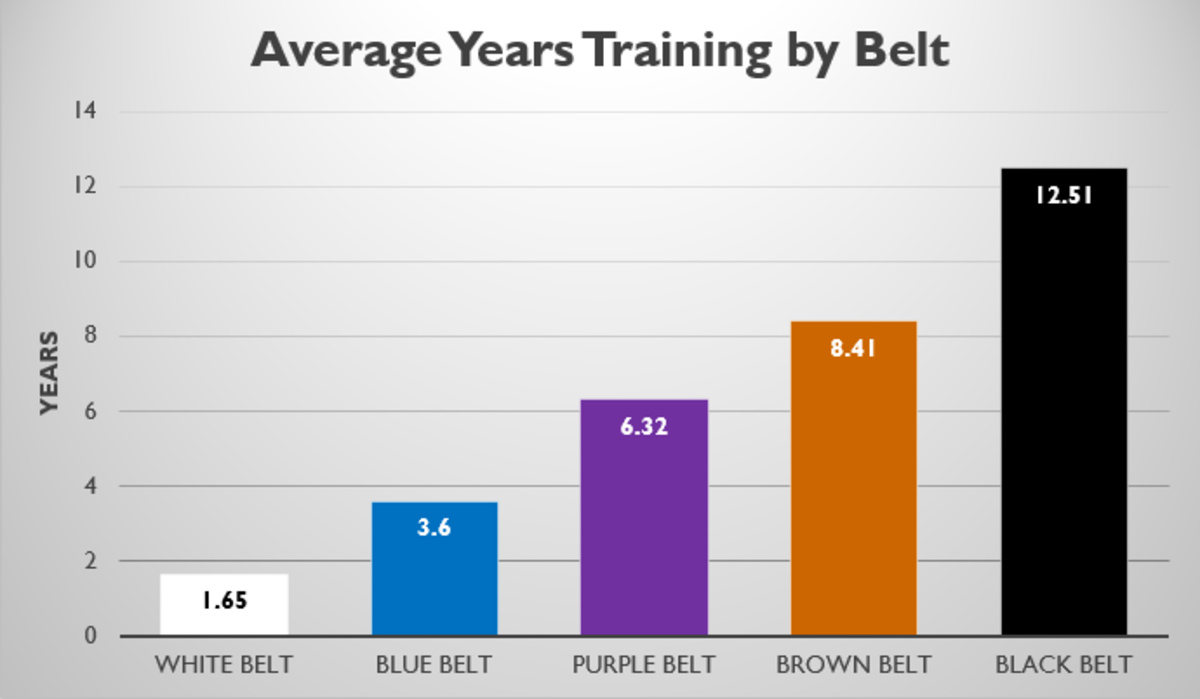
To start, as a white belt, a student must learn the fundamental principles of Jiu Jitsu, such as control positions, grips, sweeps, submissions, positional and submission escapes, which can take up to two years. Then, the student can progress to the blue belt level where they improve their technical proficiency and become more familiar with their academy’s philosophy. At this stage, many athletes quit the sport, but those who stay and continue to train hard can rise through the ranks and move closer to the coveted black belt level.
By the time a student reaches the purple belt level, they will have spent many years mastering their game, exploring their proficiency, and expanding their technical knowledge. At this level, they become highly valued members of their academy’s coaching team and may even start running classes for adults and children or even open their own academy. However, only a third of students who reach the purple belt level will earn a brown belt promotion due to various factors such as injuries and life commitments.
To earn a black belt, a student must comprehensively refine their skill set, strengthen any weaknesses they may have, and develop their coaching capabilities. It typically takes twelve months to two years at the brown belt level to reach this final stage. Receiving a black belt promotion is a reflection of their instructor, and a black belt must represent their ideologies, lead with humility and integrity, and have considerable knowledge and coaching aptitude. As such, a black belt is not just a symbol of technical prowess, but also of leadership and teaching excellence.
Conclusion
While it’s difficult to give an exact number, we can estimate that there are around 150,000 BJJ black belts worldwide as of 2021. The popularity of the sport, accessibility of training opportunities, and grading system are all factors that impact the count. The number of black belts has grown significantly in recent decades, and BJJ continues to gain popularity and recognition worldwide. Whether you’re a black belt or a white belt just starting your BJJ journey, the sport has something to offer for everyone.
- Buggy Choke: The Complete Guide - March 6, 2024
- Jiu Jitsu World League: Your Complete Guide - March 5, 2024
- How much do UFC referees make? A comprehensive guide - March 5, 2024


